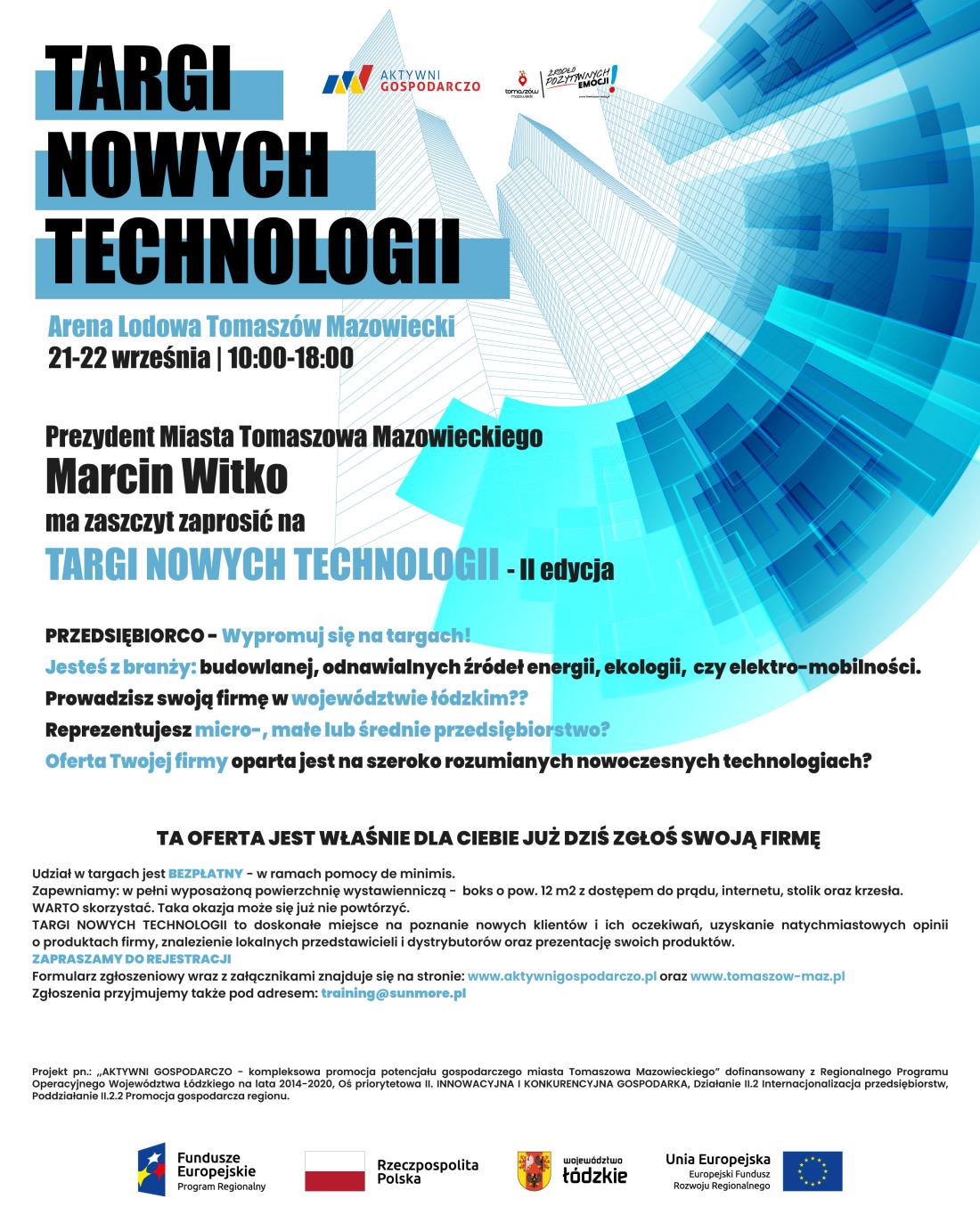The Commune of Będków is one of ten communes in the Poviat of Tomaszów. Its north-western boundary adjoins the Commune of Brójce, to the north-east it adjoins the Commune of Ujazd, to the north the Commune of Rokiciny. Its south-eastern neighbor is Wolbórz, while the south-western one Moszczenica and western the Commune of Czarnocin. The Commune of Będków has the area of 5,788 ha, or about 5.6% of the poviat area. The commune has 3,430 residents (as of 30 April 2013). The commune comprises 19 individual village units, including Będków, Brzustów, Ceniawy, Drzazgowa Wola, Ewcin, Gutków, Kalinów, Łaknarz, Magdalenka, Nowiny, Prażki, Remiszewice, Rosocha, Rudnik, Rzeczków, Sługocice, Teodorów, Wykno and Zacharz. The commune is close to convenient road connections.
It is situated a short distance from Piotrków Trybunalski (24 km), Tomaszów Mazowiecki (22 km), Łódź (41 km) and Warsaw (136 km). The voivodeship road from Koluszki to Piotrków Trybunalski passes through the commune. There is also a main railway line Częstochowa–Piotrków Trybunalski–Koluszki–Warsaw.
The majority of commune land is located within the catchment area of the Wolbórka river and its tributaries, i.e. the Miazga and Łaznowianka rivers. The north-eastern part of the commune is located in the watershed of the Czarna river. Wolbórka is a left-bank tributary of the Pilica river and flows through the northern part of the commune land. The Commune of Będków is a typically agricultural one, with as much as 84.14% of the commune area occupied by arable land (4,870 ha), while forests amount to 7.8%, i.e. 451 ha. Agricultural production is carried out primarily in private farms, with the average area of 6.8 ha. The landscape assets and pure natural environment also facilitate the development of agritourism and summer settlements, primarily in Gutków, Drzazgowa Wola and Łaknarz. 5
The historical town of Będków is an area combining landscape and natural assets with ancient cultural deposits, documented with archaeological artefacts, Medieval historical buildings, urban layout of the town with two market squares, and the 19th century buildings, very important in the Voivodeship of Łódź.
The beginnings of this town should be associated with a fortified town, the traces of which are preserved to the east of today's Będków. The first mention of the town dates back to 1232. This town, situated at the crossroads of important roads, turned to be a market settlement and in 15th century it was given the town charter and privileges. The founding document was issued by Kazimierz Jagiellończyk in 1453. In 1462, the parish church was founded and two years later Będków received a free trade privilege from Kazimierz Jagiellończyk for salt from Bochnia and Wieliczka. From 15th to 17th century Będków belonged to the Spinek family.
In 18th century, the town was owned by the Dembowski family. Bishop Jan Dębowski had particular merits for the town. He renovated the church, organized a grain exchange, developed industry and craft. In 19th, Będków had several owners. At the time, the residents were preoccupied with agriculture, with negligible share of industry and craft. In 1870 Będków lost its town charter.
At the turn of 20th century, Władysław Reymont linked up his life and works with Będków. Today, Będków is a commune center, situated in a slightly undulated non-forested area at the Wolbórka river, with wetland meadows to the south.

